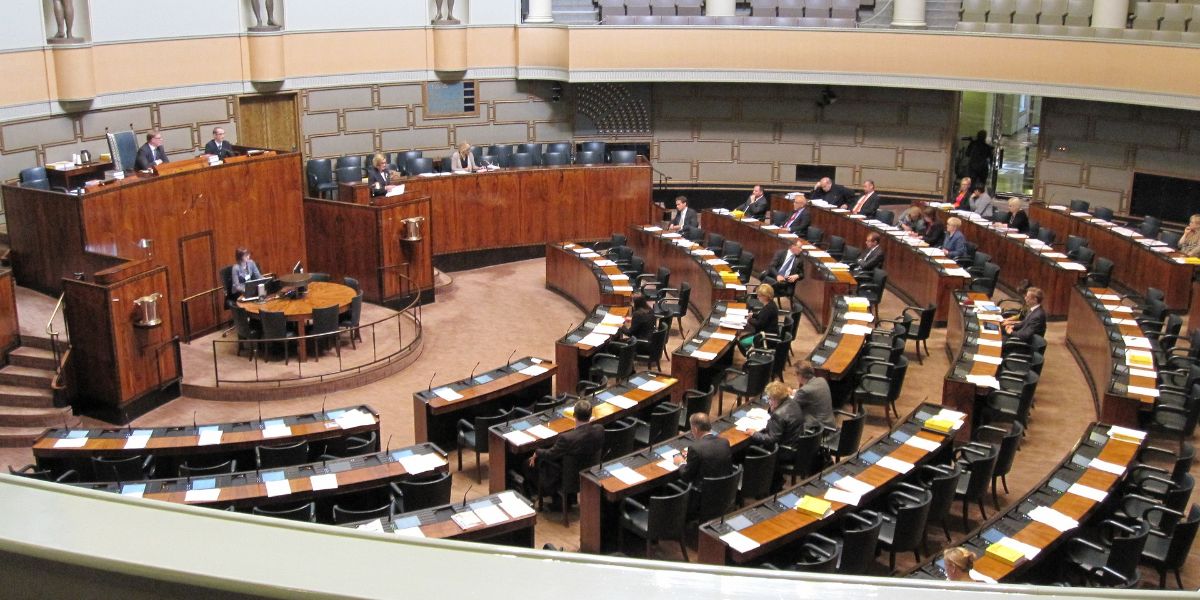On 13 September 2021, the Finnish Supreme Administrative Court (SAC) published a decision addressing the use of comparable data and the range of results in calculating transfer pricing adjustments.
The case concerned a company, Finnish A Oy, which was the parent company of a group. Since 2011, the company had levied royalties, or a “concept fee”, from subsidiaries for the use of the company’s intellectual property rights in the subsidiaries’ service businesses. The company had been subjected to a transfer pricing audit for the 2010–2012 tax years. The audit report found that the company had not charged sufficient royalties to some of the group’s subsidiaries for the use of the company’s intellectual property rights. As a result, the tax administration adjusted the company’s taxation by increasing taxable income.
In its appeal to the SAC, A Oy made two claims. As a primary claim, A Oy made that when assessing the arm’s length royalty, it should accept the full range of the benchmarking study as the arm’s length range and limit the revaluation by calculating the routine profit of the overseas subsidiaries based on the maximum value of the entire range. As a secondary claim, A Oy stated that when evaluating an arm’s length royalty fee, the interquartile range of the benchmarking study was accepted as the standard market range and the reassessment should be limited by calculating the routine profit of the foreign subsidiaries based on the upper quartile of the arm’s length range.
The SAC ruled in a favor of the taxpayer. According to the decision, the adjustment of the Finnish taxpayer’s taxable income should have been calculated by adjusting the results of foreign subsidiaries to the upper quartile of the range reported by the comparable companies instead of the median. The interquartile range was determined in order to provide the arm’s length range of results in this case.
In its decision the SAC ruled that in line with the OECD Transfer Pricing Guidelines 2010) paragraph 3.57, statistical tools could be used to determine the arm’s length level of subsidiaries’ routine compensation. The SAC concluded that the royalties charged by A Oy from its subsidiaries were at arm’s length provided that the subsidiaries profitability was within the interquartile range. The SAC refers to the OECD Transfer Pricing Guidelines paragraph 3.60 stating that: “If the relevant condition of the controlled transaction (e.g. price or margin) is within the arm’s length range, no adjustment should be made”. In its decision, the SAC ruled that in accordance with the OECD Transfer Pricing Guidelines 2010, Section 3.57, statistical instruments can be used to determine the arm’s length level of routine remuneration of subsidiaries. The SAC concluded that the royalties charged by A Oy from its subsidiaries were at arm’s length provided that the subsidiaries profitability was within the interquartile range. The SAC refers to section 3.60 of the OECD Transfer Pricing Guidelines, which states: “If the relevant condition of the controlled transaction (e.g. price or margin) is within the arm’s length range, no adjustment should be made”.

















